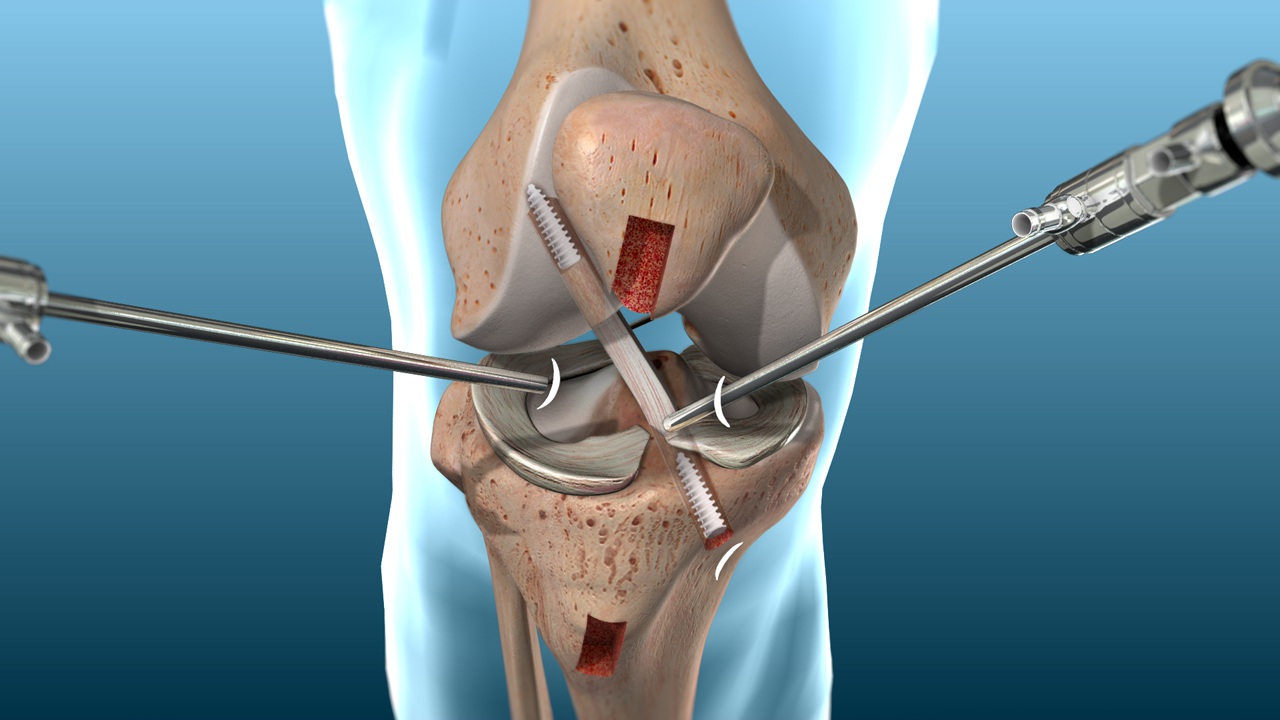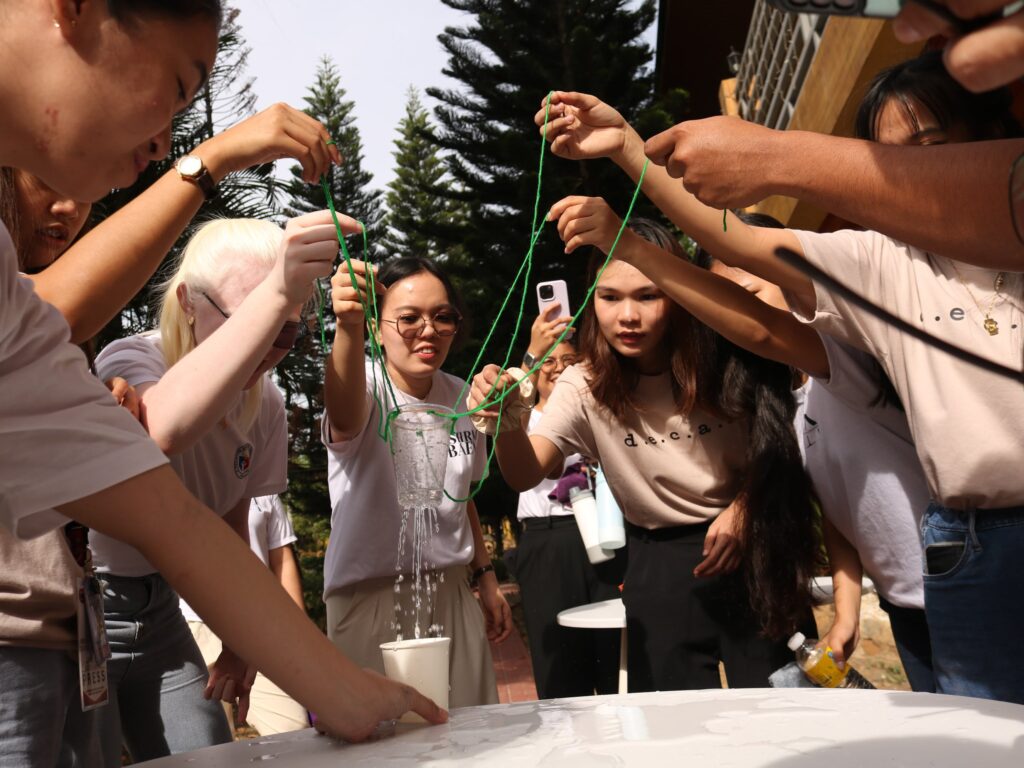Athletes often face the daunting prospect of ACL injuries, which can significantly impact their performance and mobility. ACL reconstruction surgery is a crucial step towards recovery, enabling athletes to regain strength and return to their sport with confidence. In this guide, we’ll explore essential tips for athletes navigating the recovery process post-ACL surgery.
Understanding ACL Reconstruction Surgery
ACL reconstruction surgery is a procedure aimed at repairing or replacing a torn anterior cruciate ligament (ACL) in the knee. This ligament is vital for maintaining stability during movements like pivoting, cutting, and jumping, common in sports such as soccer, basketball, and skiing.
Athletes often sustain ACL injuries due to sudden stops or changes in direction, landing awkwardly from a jump, or direct impact to the knee. These injuries can sideline athletes for extended periods, necessitating surgical intervention to restore knee function and prevent future instability.
Early Post-Surgery Recovery (Weeks 1-2)
Immediately following ACL reconstruction, athletes are advised to prioritize rest and follow the RICE protocol: Rest, Ice, Compression, and Elevation. Crutches may be necessary to offload weight from the injured knee during this initial phase.
Physical therapy begins early, focusing on gentle range-of-motion exercises to prevent stiffness and maintain joint mobility. Gradual weight-bearing exercises, guided by a physical therapist, help athletes regain strength in the affected leg while protecting the surgical repair.
Rehabilitation Phase (Weeks 3-12)
As the initial healing progresses, athletes transition to a more intensive rehabilitation phase. Physical therapy sessions become more structured, incorporating exercises to improve strength, balance, and flexibility around the knee.
Athletes work closely with their physical therapist to achieve specific milestones, such as achieving full range of motion and building muscle strength. Rehabilitation exercises may include leg presses, squats, lunges, and core strengthening to enhance overall knee stability and function.
Returning to Training (Months 3-6)
Around the three-month mark, athletes may receive clearance from their orthopedic surgeon to begin sports-specific training. It’s crucial to follow a gradual return-to-sport program designed by medical professionals and coaches to minimize the risk of re-injury.
Athletes focus on rebuilding endurance, agility, and sport-specific skills while continuing to strengthen the knee and surrounding muscles. Techniques such as proprioceptive training, which improves balance and coordination, are integrated into training routines to enhance overall performance.
Long-Term Recovery and Injury Prevention
Beyond the initial recovery phase, athletes should prioritize long-term knee health and injury prevention. Ongoing strength training and flexibility exercises are essential to maintain muscle balance and support joint stability.
Cross-training and incorporating low-impact activities like swimming or cycling can help athletes maintain cardiovascular fitness without putting excessive strain on the knees. Proper warm-up and cool-down routines, along with wearing supportive footwear, are crucial during training and competition.
Takeaway
Recovering from ACL reconstruction surgery is a challenging yet rewarding journey for athletes committed to returning to peak performance. By following a structured recovery plan, working closely with medical professionals, and maintaining a proactive approach to injury prevention, athletes can regain confidence in their knee’s stability and excel in their chosen sport.






